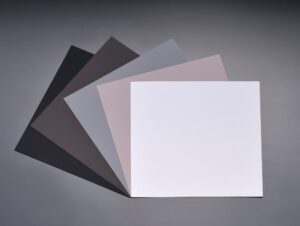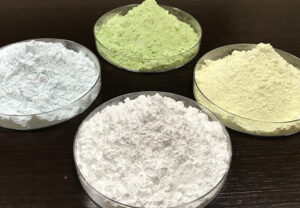COLUMN
Jun 24, 2024
What is LTCC?
The Glass & Ceramics Division of Yamamura Photonics develops and manufactures ceramic-based materials known as ‘LTCC’.
‘LTCC’ stands for ‘low temperature co-fired ceramics’. You are probably wondering, ‘What does low temperature and co-fired mean? But before we go into a detailed explanation, we would like to sort out the acronyms associated with ceramics, as there are many similar terms such as HTCC, LTCC and MLCC, which can be complicated…
HTCC:The acronym for High Temperature Co-fired Ceramics. When we talk about ceramics, we generally refer to this.
LTCC: The acronym for Low Temperature Co-fired Ceramics. See this article for more details.
MLCC: The acronym for Multi-Layer Ceramic Capacitor. A capacitor made by layering and sintering ultra-thin ceramics with printed electrodes.
What do you think the ‘low temperature’ in LTCC is?
The correct answer is just under 900°C, which is the ‘low temperature’ in ceramics for electronic components.
Isn’t that high enough? However, compared to HTCCs such as alumina, whose firing temperature is around 1500°C, this is a ‘low temperature’, so even 900°C is a sufficiently low temperature.
In general, the term ‘ceramic’ originally referred to HTCCs such as alumina. The background to the emergence of LTCC as a ceramic-based material here was the need for a material that could be sintered at low temperatures below 900°C, where silver and copper, which have low electrical resistance, could be used as conductors.
So why can LTCC be fired at low temperatures?
The reason for low temperature sintering is the addition of glass powder to the ceramic powder. Glass, which melts at lower temperatures than ceramics, acts as a sintering aid and allows substrates to be produced at lower temperatures than with ceramics alone, such as alumina.
In addition, by changing the composition of the glass, thermal, dielectric and mechanical properties such as the coefficient of thermal expansion can be controlled. Yamamura Photonics works daily to develop unique LTCCs in collaboration with its parent company, the New Glass Company of Nippon Yamamura Glass Co Ltd, which specialises in the development of powder glass.




